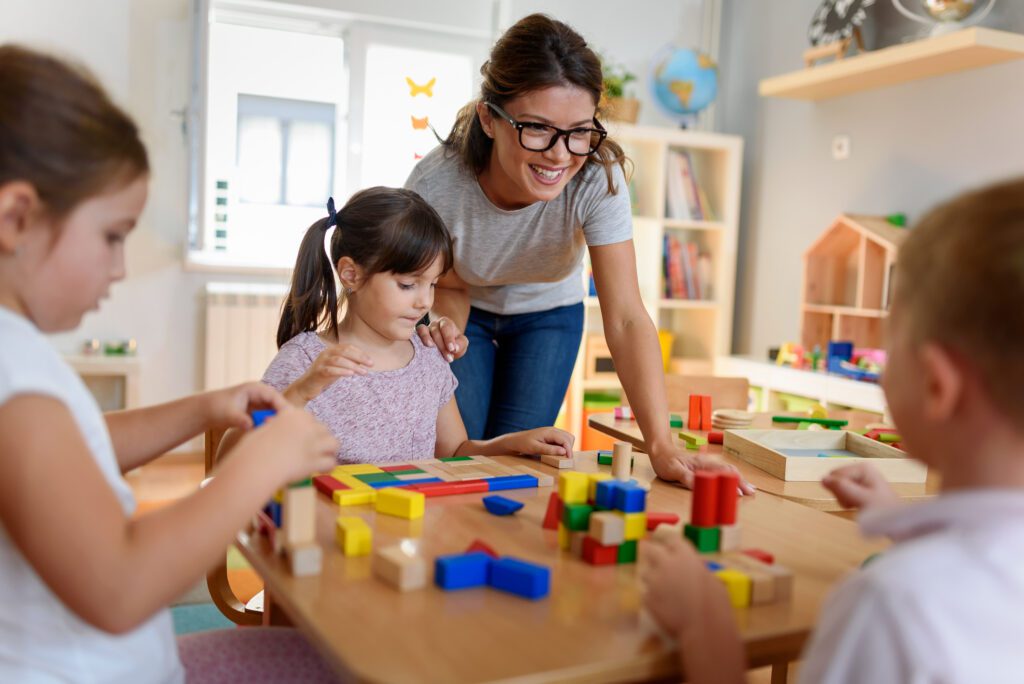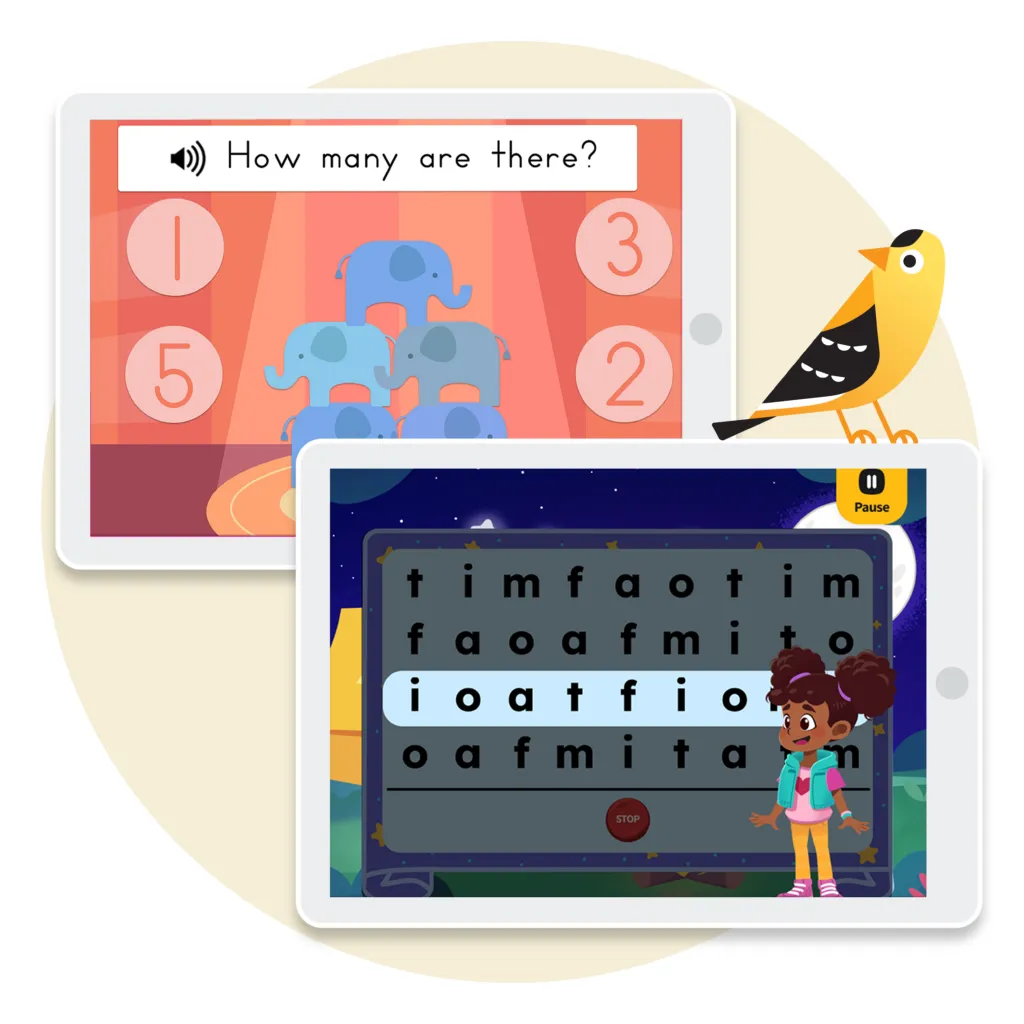Assessment in Early Childhood Education: A Holistic Approach for Today’s Classrooms


In early childhood education, assessment plays a vital role in understanding and supporting a child’s development. Over time, assessment practices have evolved from rigid, one-size-fits-all evaluations to more holistic, child-centered approaches.
Assessment in early childhood programs must be authentic, strengths-based, and conducted through the lens of what a child is able to do. Development is sequential, and knowing where along the sequence or continuum of development a child’s skills are helps teachers know the right next step for every child.
Today, a comprehensive assessment system in preschool and pre-K classrooms should integrate multiple strategies and partners to provide a full picture of each child’s growth, strengths, and needs.
The Evolution of Assessment in Early Childhood Education
Historically, assessments in early learning were largely modeled after evaluations developed for older students—standardized tests and checklist-based reviews that focused on academic milestones. However, as our understanding of child development has deepened, so too has our approach to assessment. Research shows that young children learn through play, relationships, and exploration. Consequently, assessment methods have shifted toward developmentally appropriate practices that are embedded in natural learning environments.
This shift has led to a growing emphasis on diverse types of assessment in early childhood education that consider the whole child, including cognitive, physical, emotional, and social development. These methods are dynamic, ongoing, and often collaborative, involving teachers, families, and educational leaders.
Understanding the Types of Assessment in Early Childhood Education
Each type of assessment serves a specific purpose. There are two main types of assessment: formative (ongoing) and summative (point-in-time). Each are explained below.
What Is Formative Assessment?
Formative assessment is ongoing and happens throughout daily instruction. It includes both formal and informal checks for understanding, such as asking questions during a read-aloud or noticing whether a child can complete a new puzzle.
Goal: To use assessment data to inform and adjust teaching practices based on a child’s current level of understanding
Formative assessment is key to responsive teaching. It allows educators to tailor experiences to support and challenge each child appropriately, making learning more effective.
What Is Summative Assessment?
Summative assessment typically occurs at the end of a learning period or checkpoint. This might involve portfolios, developmental checklists, or standardized tools used to summarize a child’s progress over time.
Goal: To evaluate overall growth, determine program effectiveness, or make decisions about future placements or support
Unlike formative assessment, summative tools paint a broader picture, assessing what a child can do consistently and independently over time, and this information is often shared with families or administrators.
For both formative and summative assessments, assessment could be observational, direct, or even game-based. We explore each type below.
What Is Observational Assessment?
Observational assessment involves paying careful attention to children as they play, interact, and go about their day. Teachers take notes, photos, or videos and often use checklists or rating scales to compare specific behaviors to developmental milestones.
Goal: To gather authentic insights into a child’s learning and development in real time, often without interrupting their natural behavior
This method is particularly valuable because it captures the richness of children’s learning experiences as they happen, making it ideal for assessing skills such as language use, problem-solving, and social interaction.
What Is Direct Assessment?
Direct assessment includes structured tasks administered by an adult or computer program to evaluate specific skills, such as counting, letter recognition, or fine-motor coordination.
Goal: To measure a child’s abilities in targeted areas using standardized criteria or rubrics
While less natural than observational assessments, direct methods can offer useful benchmarks when identifying specific learning needs or determining readiness for kindergarten.
What Is Game-Based Assessment?
Game-based assessment integrates educational tasks within digital or physical games that children naturally enjoy.
Goal: To assess skills such as critical thinking, early math, or language in a low-pressure, engaging context
This emerging method allows educators to evaluate learning in a playful way, especially effective for children who may experience anxiety or disengagement with traditional assessments.
The Role of Partners in Assessment
Effective assessment in early childhood education is a collaborative effort. Here’s how different stakeholders contribute.
- Teachers are the primary observers and implementers of assessment. Their role is to gather data, interpret it, and use it to guide instruction.
- Additional Teachers or Therapists can also offer insight into children’s skills and development. They should collaborate with teachers to share data, understand interpretations, and guide instruction.
- Families offer critical context and insight into a child’s behavior, language, and development at home. Their input enriches the assessment process and ensures cultural and linguistic relevance.
- Educational leaders provide the structure and resources to support effective assessment systems. They ensure staff are trained, tools are used consistently, and results are used to improve learning environments.
Together, these partners form a team that surrounds the child with support and guidance.
Integrating Assessments to Support the Whole Child
A comprehensive assessment system does more than collect data—it tells the story of each child’s learning journey. When different types of assessment in early childhood education are integrated thoughtfully, they
- provide a well-rounded understanding of each child’s development;
- help identify areas of strength and opportunities for growth;
- allow for individualization, targeted interventions, and enriched learning experiences;
- promote equity by recognizing diverse learning styles and cultural backgrounds; and
- foster strong home-school connections.
For example, a teacher might use observational assessment to notice a child’s interest in patterns, use formative assessment to build on that interest with tailored math activities, apply direct assessment to check specific skills, and document growth in a summative portfolio. Alongside this, game-based assessment might offer another avenue to reinforce and evaluate learning in an engaging way. When families are invited to contribute their observations and reflections, the system becomes even stronger.
Building a comprehensive assessment system in early childhood education means embracing a range of styles and perspectives. By using observational assessment, formative assessment, summative assessment, and direct or game-based assessments, educators can gain a deep understanding of each child. When these assessment types all feed data into a central source and are used collaboratively—with input from teachers, families, and leaders—they empower early learning communities to celebrate growth, address challenges, and support every child’s unique path to success.
